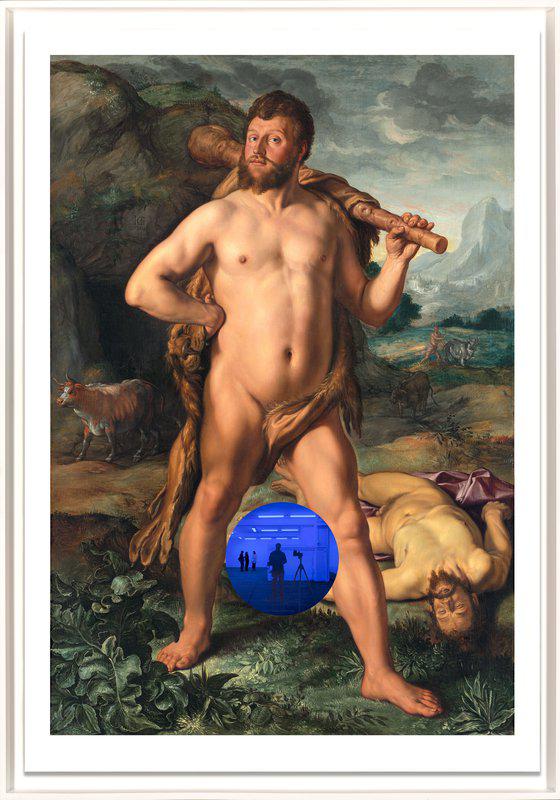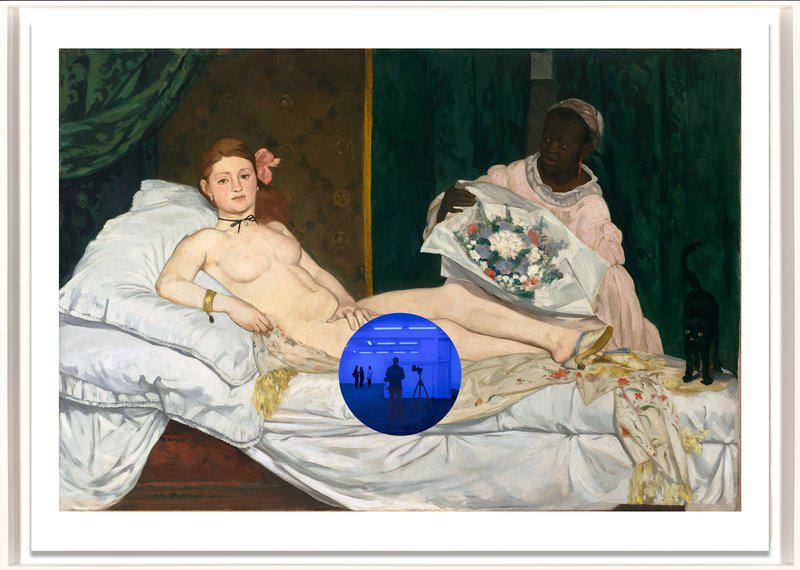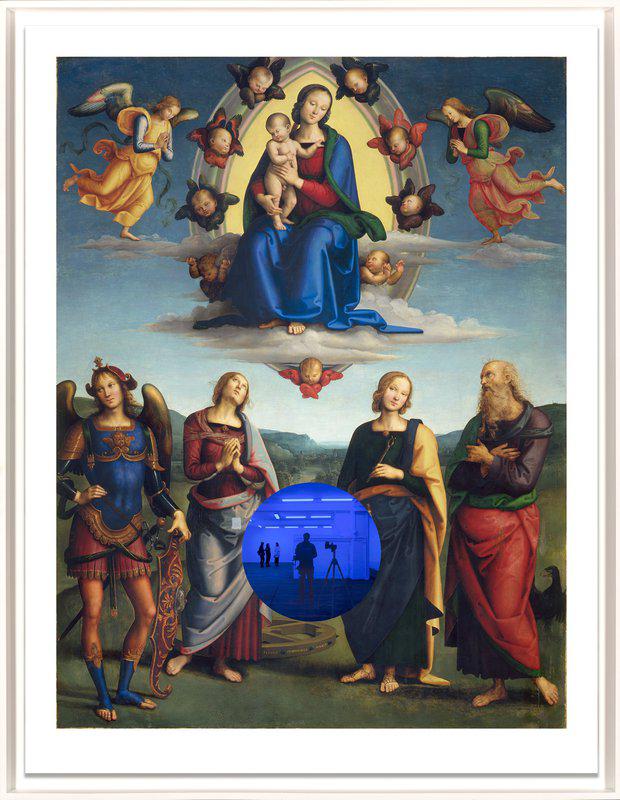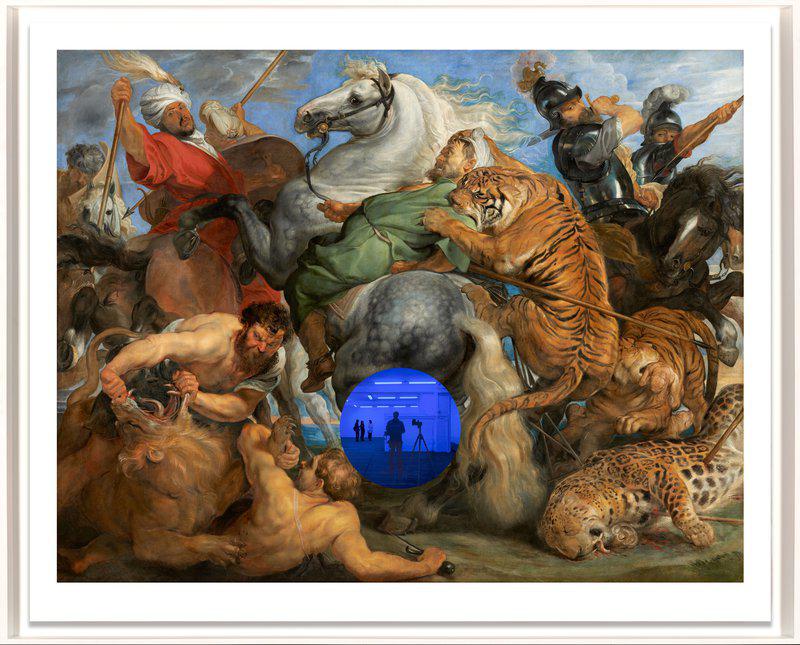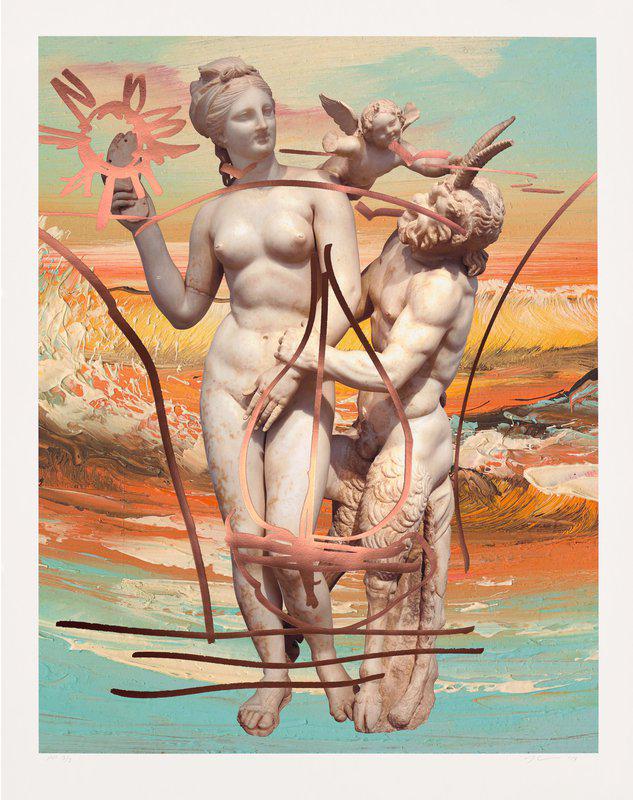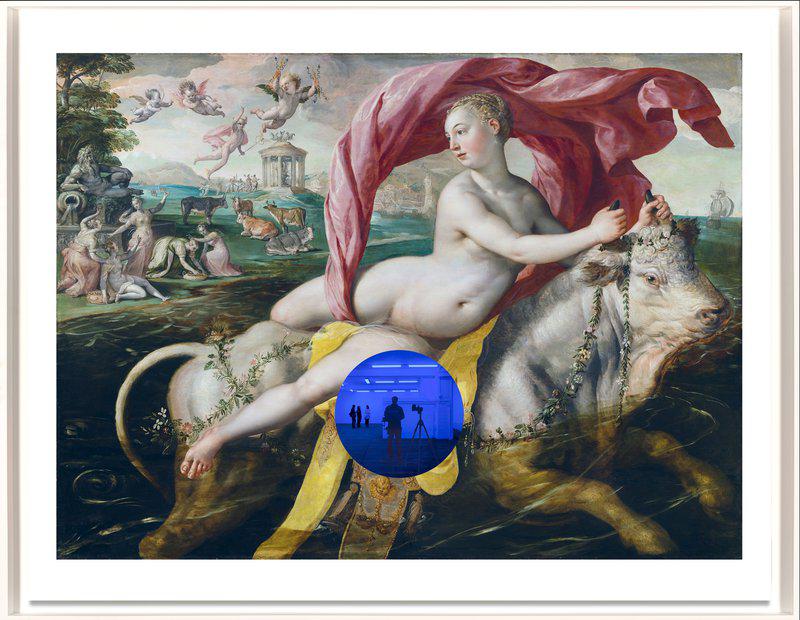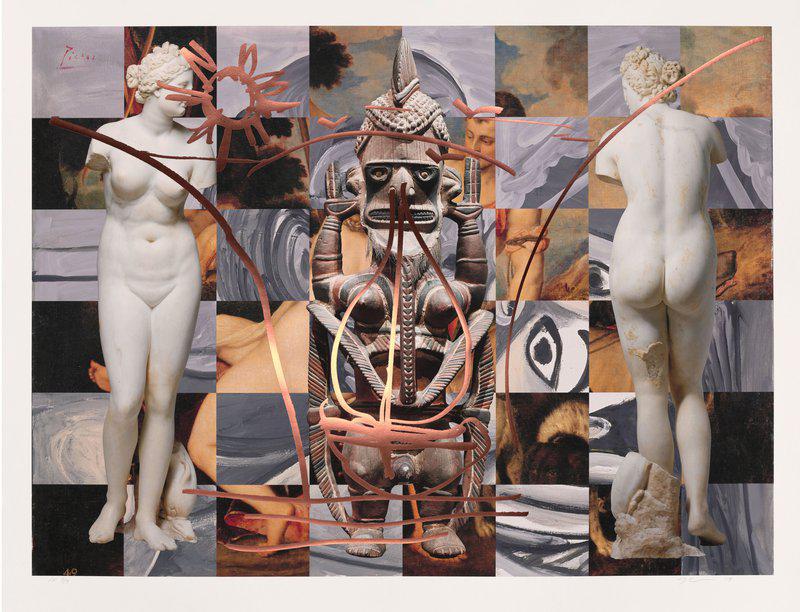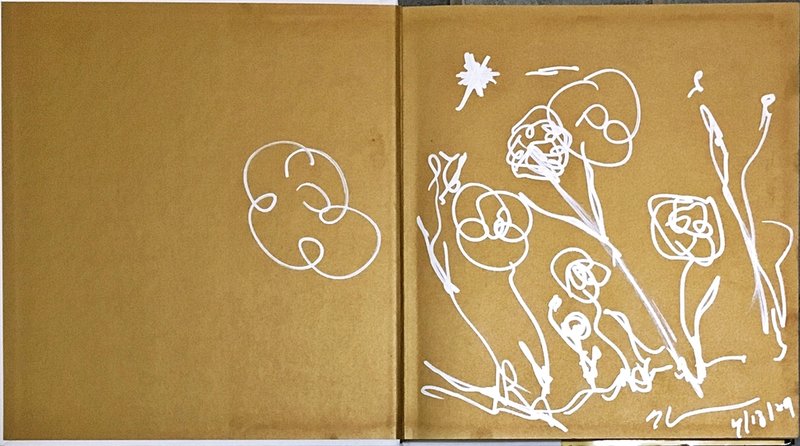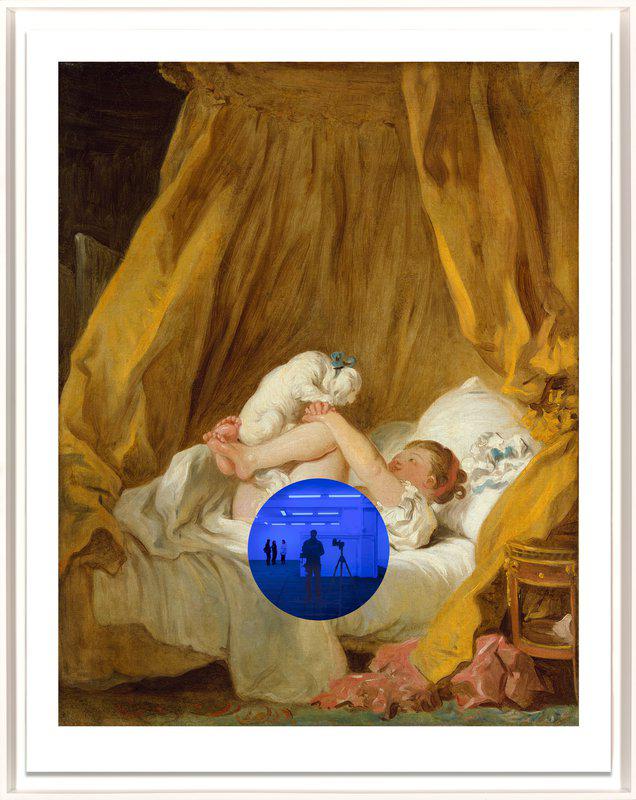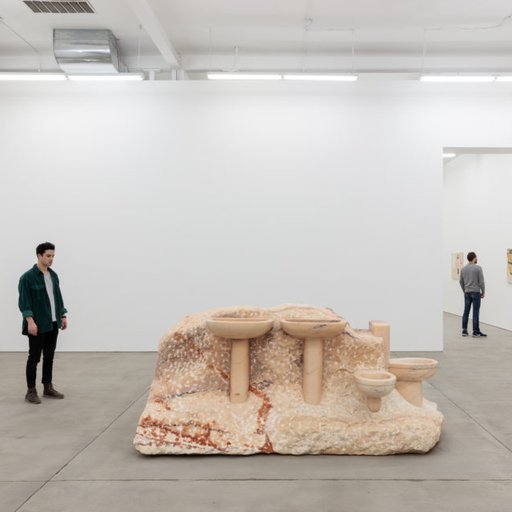Is there a schism between contemporary art and its ancient, classical antecedents? Not for Jeff Koons. The connection between the ancient world and today's world is intense for America's leading living artist.
Koons once said that Roman sculptures represent to him "the most vital information we need as human beings to live our lives to the fullest." For the artist, humans "become larger than life" in these sculptures. "The gods embody big ideas, and you can feel within your own body what it’s like to be Hercules when you look at them."
Koons refers to this period most successfully in his Gazing Ball series. His 2013 replica of Farnese Hercules, atop whose shoulder sits a bright blue bauble, allows the viewer to see a reflection of themselves, effectively implicating in the artwork the viewer's desires and his or her personal relationship with it.
Koons has said that the gazing ball “represents the vastness of the universe and at the same time the intimacy of right here, right now.” And Hercules? Well, he takes us all a little further back.
To celebrate some of the wonderful Jeff Koons work presented by the Two Palms Gallery in SoHo, New York available now page on Artspace , we thought we'd take a dive into an interview Jeff gave for Phaidon's book, The Artist Project: What Artists See When They Look at Art , in which 100 artists talk eloquently and passionately about their favorite works of art at The Met. Jeff's piece eloquently weaves a golden thread from the work of the ancient world to his own.
But first a little about Two Palms and the works it produces. Founded by David Lasry in New York City in 1994, Two Palms works with some of the world’s most celebrated contemporary artists to publish prints and sculpture multiples in its studio and showroom in SoHo. Two Palms upends codified notions of what a print could or should be, utilizing a constantly expanding roster of tools and technologies, while nurturing an expertise in traditional techniques such as intaglio and the nearly lost medium of the Woodburytype.
Take a look at its partner page on Artspace, where you'll also find work by Elizabeth Peyton, Richard Prince, Dana Schutz, Peter Doig, Cecily Brown, and Mel Bochner to name just a few. This is what Jeff has to say about his influences in The Artist Project .
JEFF KOONS, GAZING BALL (FARNESE HERCULES), 2013
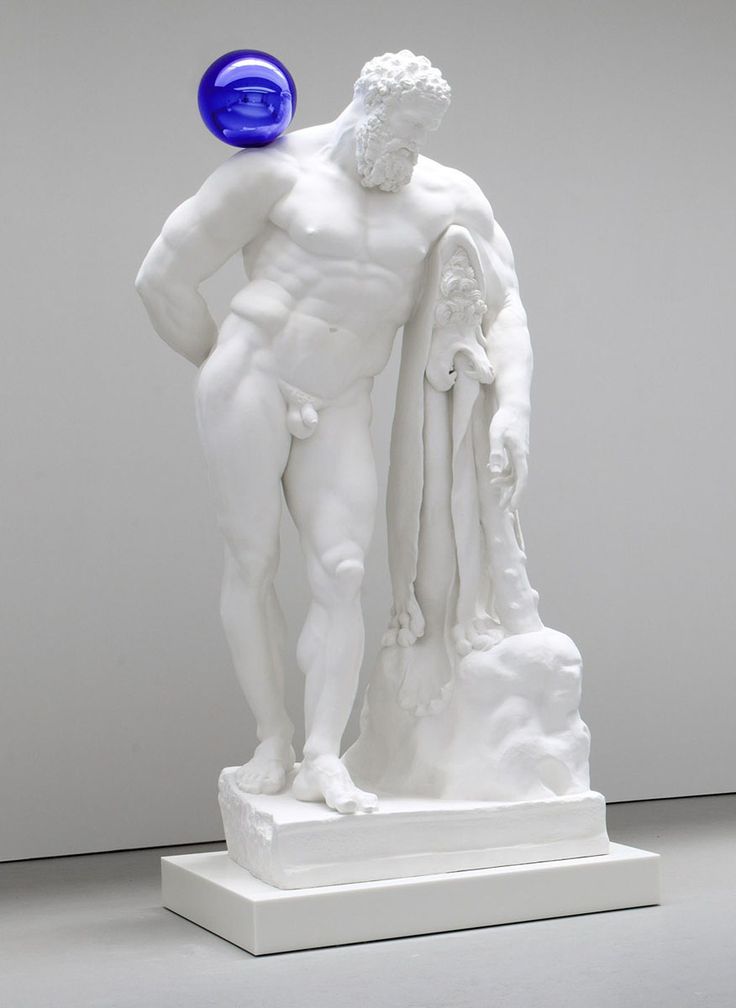
JEFF KOONS: "I love the ancient Roman time period when people were creating things that competed with nature and that were above Man himself. In the Roman Sculpture Court at The Met, a sense of the eternal is conveyed both through the biological and through ideas. A lot of the sculptures are Roman copies of Greek originals, and you can feel the dedication that the Romans had to preserving all of the power within the original Greek pieces from third century bc. At the same time, there was always the desire to create a new form, a new material realization."
Marble Statue of a Youthful Hercules

FROM THE ARTIST PROJECT: This larger-than-life-sized statue was likely made as one of a pair with an older, bearded Hercules, also at The Met. Both probably decorated one of the large rooms of a Roman public bath, or perhaps even the imperial baths located near the Pantheon, which were originally constructed under the emperor Nero in 62 ad. The two statues are part of a collection of antiquities formed in Rome during the early seventeenth century when it was customary to restore missing portions of ancient sculpture. Despite its heavily restored condition, this heroic statue dramatically conveys the size and power of the Roman Empire at its height.
Gazing Ball (Goltzius Hercules and Cacus), 2017
JEFF KOONS: "Through the senses you develop ideas, and so you go from the richness of physical biology to the abstraction of pure ideas. Every intention was realized with just the movement of the flesh, a detail of the eye, the length of a toe, the shaping of a breast, or the way the hair moves. All of these different characteristics, from one statue to another, inform you of who they were—whether it’s Hercules or Aphrodite. All of this information was placed within the work of art. The little details in Roman sculpture can be so awakening. The bodies are vehicles for a dialogue about life, about fertility, about procreation. Desire and beauty are very important within art to make the body sensual. Yet when I look at the statue of the Three Graces, I don’t feel that it is necessarily about desire or dominance.
Gazing Ball (Manet Olympia), 2017
Gazing Ball (Manet Luncheon on the Grass), 2019
JEFF KOONS: "Maybe it’s because there are three of them. The work is more about one’s place within the community. The Roman sculptures represent, to me, the most vital information we need as human beings to live our lives to the fullest. Humans become larger than life in these sculptures. The gods embody big ideas, and you can feel within your own body what it’s like to be Hercules when you look at them. I love that drive and fantasy to be everything that we can be as individuals and as a society. It’s so stimulating, and it enlarges the parameters of what our lives can be. I want my life to be as vast as their perception of what life could be."
The Three Graces - Aglaia , Euphrosyne, and Thalia

FROM THE ARTIST PROJECT: The Three Graces—Aglaia (Beauty), Euphrosyne (Mirth), and Thalia (Abundance)—were worshipped as minor deities in the Hellenistic world, becoming the subject of many works of art. In Roman times, sculptures such as this, which copied a Greek work of the second century bc, were very popular. Similar representations of the Three Graces are found on Roman mosaics, sarcophogi, personal items such as bronze mirrors, and even coins. Take a look at Jeff Koons' artist page on Artspace , Two Palms Gallery and The Artist Project: What Artists See When They Look at Art .
[KOONSARTISTPROJ-module]
RELATED STORIES
INTERVIEW: Chris Levine on photographing the Queen, Naomi Campbell and the Dalai Lama
Wilhelm Sasnal's Lockdown Listening
10 Artspace Artworks We Chose For Our Zoom Backgrounds
Come On Our Virtual Studio Visit With Hormazd Narielwalla
Amazing Artists who Worked Best in Isolation
The Artspace Group Show: Contemporary Landscapes
What to Say About Your New Katherine Bernhardt Print
INTERVIEW: Yayoi Kusama on 60s New York, Mental Illness and Feminist Art












